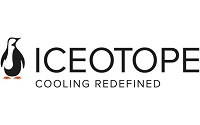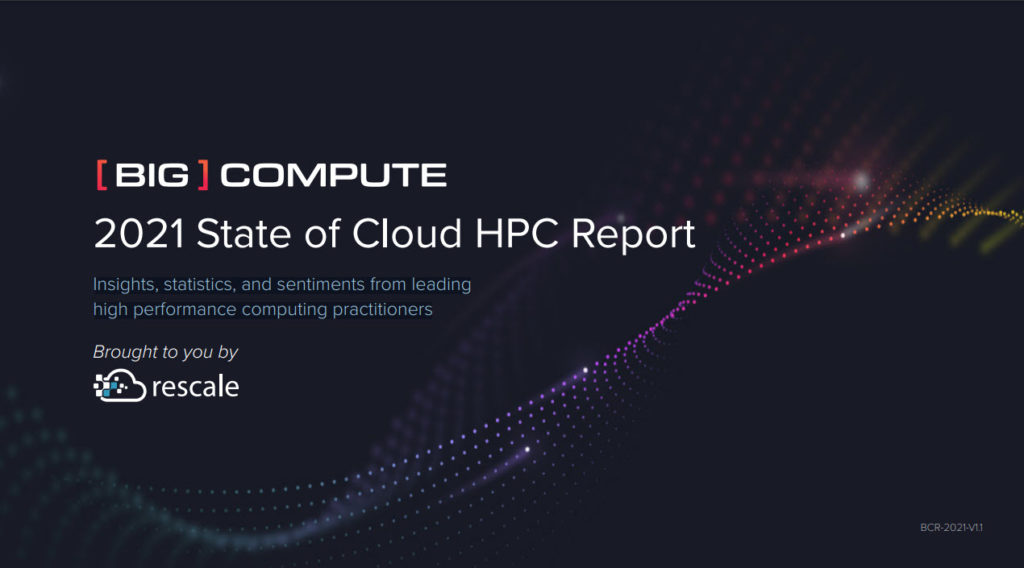 by David Craig, CEO, Iceotope Technologies
by David Craig, CEO, Iceotope Technologies
Energy production and use, notes the Environmental Protection Agency (EPA), accounts for some 84% of greenhouse gas emissions in the US alone. Meanwhile, the Uptime Institute estimates that globally data centre energy consumption ranges from 400-500TWh – around two percent of electricity generation. The world has become increasingly dependent on energy-hungry IT while at the same time racing to reduce emissions 55% from 1990 levels by 2030.
Why the energy efficient data centre will be liquid cooled
From ecology and efficiency to energy density, OpEx reduction and regulatory compliance, the pressure of change upon the data centre has never been greater, and the stakes never higher. Sustainability and IT advances are shifting the way we need to think about how data centres are designed and upgraded.
Two converging vectors between the IT load and the physical infrastructure demand immediate attention: For the former, it’s not just emerging applications and those utilising AI or ML that require the heavy lift grunt provided by today’s high-performance CPUs and GPUs, many volume servers already incorporate high power processors. When it comes to the latter, air-cooling is no longer viable for ensuring the IT load is maintained in an operating environment within warranty parameters.
In the digital age, cooling still represents a significant proportion of energy consumption in data centres and especially in distributed, edge environments. Operators have traditionally favoured infrastructure resilience and reliability over energy efficiency. However, those that remain wedded to air-cooled solutions may find their ability to meet efficiency targets increasingly frustrated, never mind the fact that they simply won’t be able to provision the IT loads necessary to support new technologies desperately needed to propel growth, productivity and competitiveness.
A paradigm shift, from air to liquid cooling has become the favoured solution – already the standard for high performance computing (HPC). The discussion for all workloads has moved on from whether to stick with traditional air-cooling systems to one of how to practically evolve to precision immersion liquid-cooling.
Why has the argument shifted?
On their own, the multitude of room, row or rack based air-cooling options – from fans and air handling units to chillers and hot/ cold aisle containment arrangements – can no longer keep pace with the efficiency gains required as computing processes and power density requirements ramp up. A key reason is basic physics: air is much less able to absorb heat. In addition, the multiple mechanical technologies used to cool and circulate air generate heat themselves and consume increasing amounts of energy just to operate.
Liquid cooling was once thought of as being all about full ‘bathtub’ type immersion – and many experienced data centre professionals have been wary of any sort of liquid coming into contact with electrical circuits or IT equipment. However, liquid cooling technology has moved on; options today range from single-phase and two-phase direct-to-chip or single-phase and two-phase full immersion to precision immersion at chassis-level.
In fact, modern liquid cooling can actually use less water overall than an air-cooling system that requires water-chilled air to be blown over and around the equipment.
Another advantage relates to the struggle of many data centres to pack more units into smaller spaces. Sometimes this is because an older data centre needs to add more servers to cope with rising demand for data storage and processing – or because a successful colocation player is continuing to add customers.
While air cooled systems can support relatively dense deployments running at 67kW per rack or higher, the cost and complexity involved rises in direct proportion to the IT load. Density reduces the number of racks needed, but at the same time increases the physical space needed for air-cooling equipment – even if you site the devices overhead or on top of the rack. With an all-liquid cooled deployment, there can be no need to chill water or for hot/ cold aisle containment – potentially freeing up even more space.
As we rapidly move towards the edge, chassis-level liquid-cooled solutions also suit harsher environments, not only reducing OpEx costs but also providing secure, higher densities within a compact space. For example, Iceotope’s fully sealed, rack-mounted chassis-level liquid cooling units are robust and difficult to tamper with as well as isolated from outdoor rigours such as extreme temperatures and airborne particulate and gaseous contaminants. The Iceotope Ku:l 2 precision-immersed chassis, for instance, enables air-cooled servers off the shelf to be converted to liquid-cooled with only trivial modification.
Now is the time for change
With the Ku:l range, large-scale deployments benefit from the greater efficiencies of liquid cooling and stay under power utilisation effectiveness (PUE) targets while supporting technology advances now and in future — from modular/small datacenters, edge processing and Internet of Things (IoT) networks to advanced analytics, automation and artificial intelligence (AI). Faster processing increases power consumption and heat generated. That’s why mainframes and supercomputers, followed by today’s hyperscalers, have typically been the first to benefit from liquid cooling technologies.
Indeed, the situation has become a ‘perfect storm’ for data processing – because at the same time all this is happening, companies increasingly need to address their carbon footprint and environmental sustainability as well as comply with national and global climate impact regulations, typically with significant staffing, cost and space constraints.
However, precision immersion cooling solutions from the likes of Iceotope are tackling all these challenges head-on, from hyperscale to the extreme edge, while mitigating the potential CapEx arguments sometimes raised. Schneider Electric analysed a 2MW datacenter at 10kW per rack versus one with twice the compaction making for 20kW liquid-cooled at the rack, the latter cost 10% less in capex terms. When compaction was quadrupled, using chassis-immersive cooling, not only was 40kW achieved per rack but capital savings increased to 14%.
Energy efficiency as a contributor to sustainability is increasingly seen as a competitive advantage for companies and economies. Data centre infrastructure is a key player for these stakes; the UK Energy Research Centre has suggested UK data centres should align with the EU Green Deal target of achieving carbon-neutrality by 2030. Consumers and customers alike, of data centres and other business products and services, are becoming ever more concerned about sustainability as well, suggesting – as datacenter leaders like DigitalRealty already have – that more energy-efficient, greener data centres are imperative for enterprise success.
Liquid cooling solutions are here and they can help the vast majority of infrastructure environments reach their efficiency and sustainability goals. With this in mind, Iceotope has joined forces with multidisciplinary engineering firm and sustainability consultancy Cundall to produce a new, in-depth report on the comparisons of Liquid and Air-Cooling.
Register for the Data centres that don’t cost the earth webinar here on Wednesday 16th June 2021 at 2pm BST where industry thought leaders share insights on the benefits of liquid-cooling in achieving sustainability goals, higher densities and energy cost savings.
About the Author
 David Craig is CEO of Iceotope. Having worked his way up through Unisys and IBM in global procurement roles. He moved on to lead the commercial integration of Prudential Assurance and Scottish Amicable. Moving on from the merger to turnaround a leading British refrigeration company and start a consultancy, which he sold three later to Amey. He was then invited to join a late 1990s tech boom disaster, which then became Scotland’s third largest software company. Craig has done a few turnarounds since, but now primarily leads Iceotope and a life science business.
David Craig is CEO of Iceotope. Having worked his way up through Unisys and IBM in global procurement roles. He moved on to lead the commercial integration of Prudential Assurance and Scottish Amicable. Moving on from the merger to turnaround a leading British refrigeration company and start a consultancy, which he sold three later to Amey. He was then invited to join a late 1990s tech boom disaster, which then became Scotland’s third largest software company. Craig has done a few turnarounds since, but now primarily leads Iceotope and a life science business.



